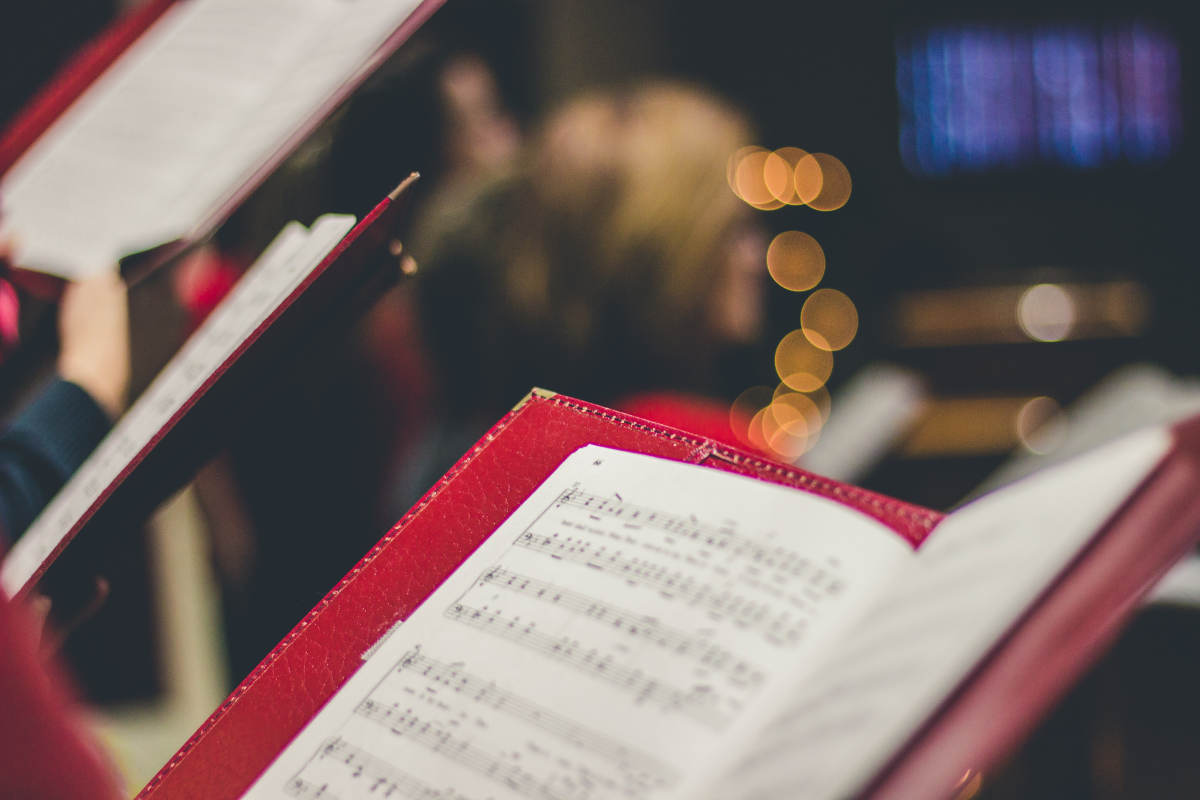The Ultimate Guide: The Twelve Days Of Christmas Explained
The ‘Twelve Days of Christmas,’ a timeless and beloved holiday carol, is known for its enchanting melody and intriguing assortment of gifts. Originating from a 1780 publication, this song likely started out as a playful memory game, later becoming a cherished part of English festive traditions. Spanning over the course of nearly two weeks, the carol symbolizes the celebratory period from Christmas to Epiphany. With each day revealing a new gift, it’s a whimsical reflection of historical customs and the joyful spirit of the holiday season, connecting generations through its rich cultural tapestry. That’s why today we will take a […]
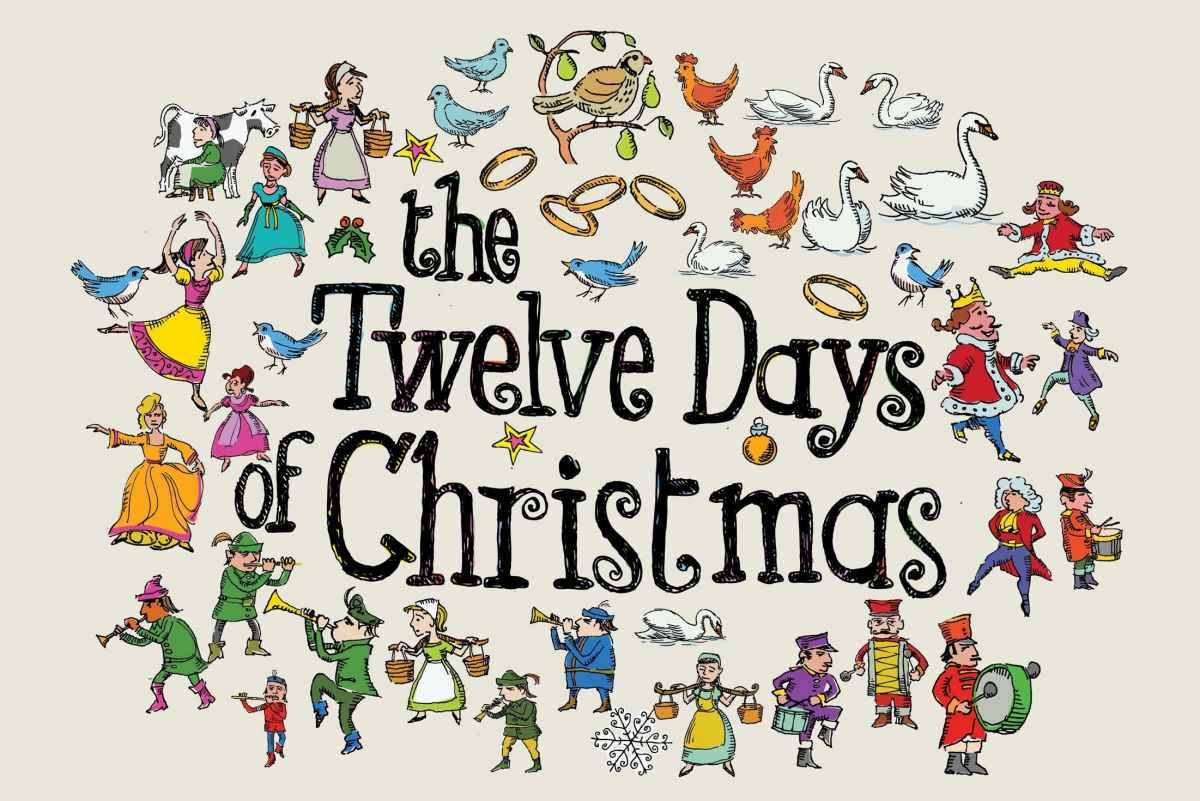
The ‘Twelve Days of Christmas,’ a timeless and beloved holiday carol, is known for its enchanting melody and intriguing assortment of gifts. Originating from a 1780 publication, this song likely started out as a playful memory game, later becoming a cherished part of English festive traditions. Spanning over the course of nearly two weeks, the carol symbolizes the celebratory period from Christmas to Epiphany. With each day revealing a new gift, it’s a whimsical reflection of historical customs and the joyful spirit of the holiday season, connecting generations through its rich cultural tapestry. That’s why today we will take a deep dive into the story behind this classic carol.
This is a timeless and beloved holiday carol

The Origins and Evolution of the Carol
Originally published in 1780 in the book “Mirth Without Mischief,” this song likely started as a children’s memory game in France before making its way to England. The game’s rules were simple yet challenging: each participant had to recall the gifts of all the previous days in sequence, and a mistake would cost a sweet or other token. The inclusion of partridges, a bird native to France, hints at the song’s Gallic origins. The actual Twelve Days of Christmas, running from December 25th to January 6th, historically marked a period of feasting and jubilation. This carol, with its escalating array of gifts, captured the essence of this celebratory period, adding a layer of playful anticipation to the holiday rituals.
This song likely started as a children’s memory game in France
Deciphering the Gifts: From Birds to Performers
Each gift in the song, while seemingly whimsical and lighthearted, carries with it a rich tapestry of historical and cultural significance. These gifts, varying from birds to performers, are meaningful symbols that reflect the customs, beliefs, and values of the time.
Each gift in the song carries a rich tapestry of historical and cultural significance

A Partridge in a Pear Tree
Symbolizing love and happiness, the partridge in a pear tree sets the stage for the gifts to follow. This choice of bird, not known for its ability to soar high, and the sturdy, grounded pear tree represents enduring love and comfort in the home.
A partridge in a pear tree

Two Turtle-Doves
Representing peace and fidelity, these birds reinforce the theme of love and togetherness. Turtle-doves, known for their strong pair bonds, are a fitting metaphor for the season, underscoring the importance of relationships and the spirit of giving.
Two turtle-doves

Three French Hens
Often associated with luxury and wealth, these hens could symbolize the richness of the season. They also may represent the three wise men’s gifts, adding a layer of depth and biblical reference to the song’s playful tone.
Three French hens
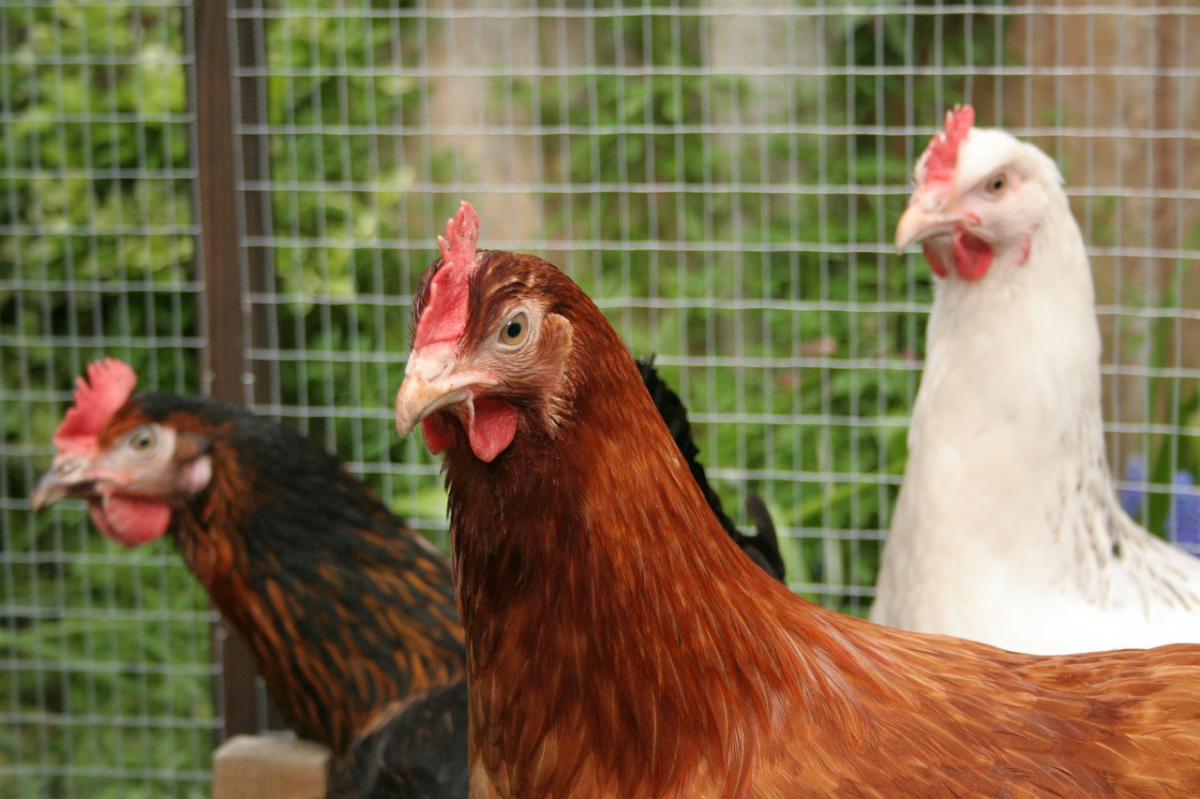
Four Calling Birds
These birds, likely canaries or blackbirds, add a musical element to the list, echoing the festive cheer. Their melodious song serves as a reminder of the joy and merriment that fills the air during the holiday season.
Four calling birds

Five Golden Rings
Breaking the avian theme, these rings introduce opulence and possibly signify the first five books of the Old Testament, reflecting a deeper religious context. The rings also symbolize a break from the mundane, introducing a sense of luxury and celebration.
Five golden rings

@Brightsmith Silver + Gold
Six Geese A-Laying
Embodying fertility and creation, the geese add a layer of symbolism related to life and renewal. This gift could also represent the six days of creation, tying the song to themes of genesis and the natural world.
Six geese a-laying

Seven Swans A-Swimming
Swans, often associated with grace and beauty, could represent the seven gifts of the Holy Spirit or the seven sacraments in Christian theology. Their serene, gliding movement on water brings a sense of calm and elegance to the holiday season.
Seven swans a-swimming

Eight Maids A-Milking
This gift harkens back to the carol’s rustic roots, celebrating the pastoral and humble aspects of the season. The maids a-milking embody the nurturing and giving spirit, essential elements of the holiday ethos.
Eight maids a-milking
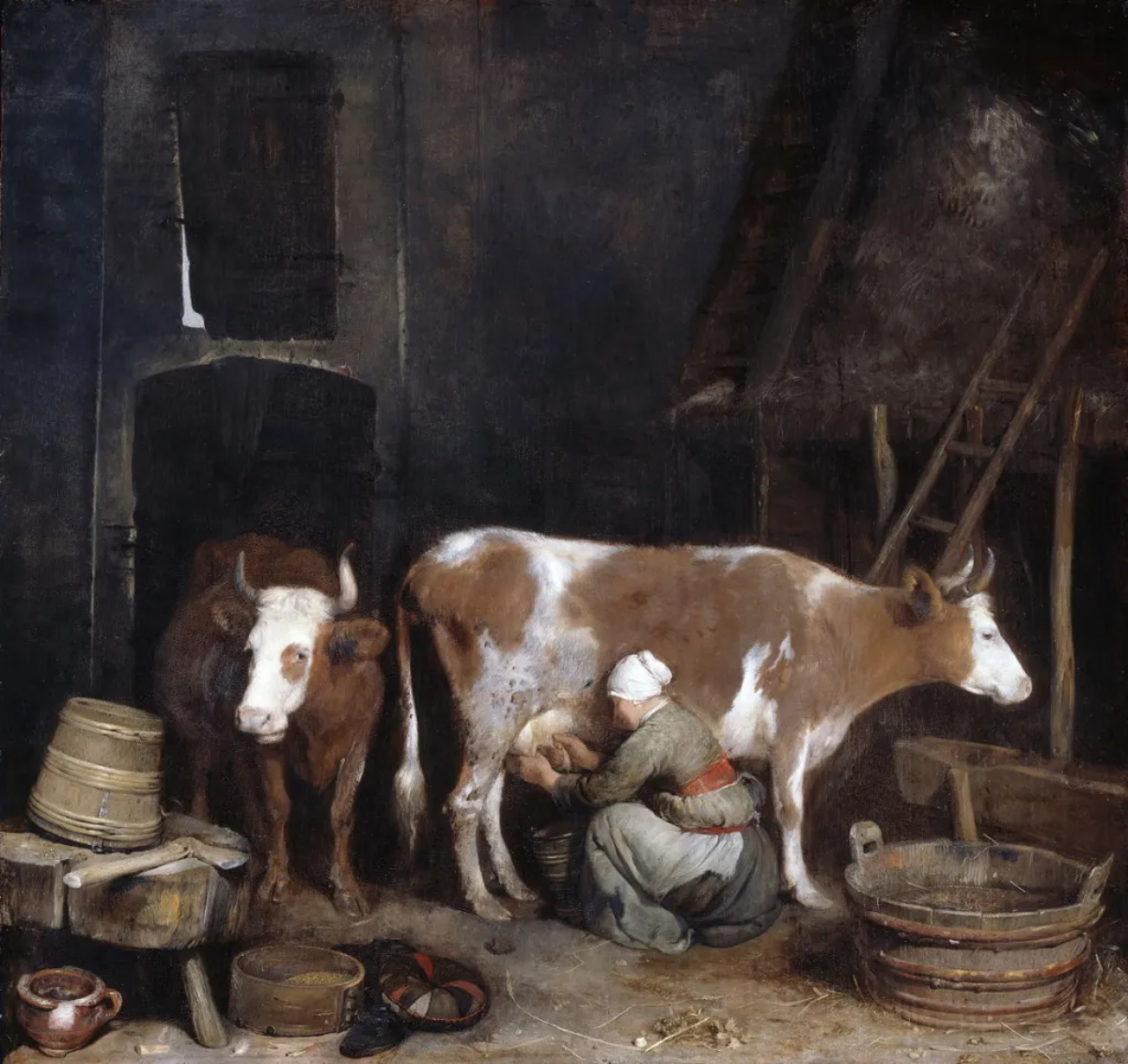
@Audrey Heanne Roberts
Nine Ladies Dancing
Evoking images of joy and celebration, the dancing ladies bring a lively, festive spirit. Their inclusion in the song adds a dynamic, joyful energy, symbolizing the communal celebrations and gatherings that define the season.
Nine ladies dancing

Ten Lords A-Leaping
Symbolizing power and nobility, these lords add an aristocratic flair to the holiday narrative. Their energetic leap is a metaphor for the vitality and exuberance of the holiday spirit. They bring a sense of vigor and enthusiasm.
Ten lords a-leaping

Eleven Pipers Piping
The pipers continue the musical theme, adding to the growing crescendo of holiday merriment. Their presence in the song underscores the importance of music and tradition in celebrating and bringing to life the spirit of Christmas.
Eleven pipers piping

Twelve Drummers Drumming
Culminating the song, the drummers bring a sense of completion and grandeur. This ends the carol on a note of triumph and celebration. Their rhythmic beat symbolizes the heartbeat of the holiday season, a fitting finale to the symphony of gifts that the carol presents.
Twelve drummers drumming

Counting the Gifts: The Mathematical Fun Behind the Carol
Amidst the whimsy and tradition, there’s an intriguing mathematical aspect to this that often goes unnoticed. If you tally the total number of gifts mentioned in the song, the numbers quickly escalate into a humorous abundance. By the twelfth day, the cumulative number of presents amounts to a staggering 364 gifts! It’s a playful representation of holiday generosity taken to its humorous extreme. This numerical twist adds another layer of enjoyment to the carol, turning it into a fun holiday brain-teaser that both children and adults can enjoy as they sing along.
There’s an intriguing mathematical aspect to this that often goes unnoticed
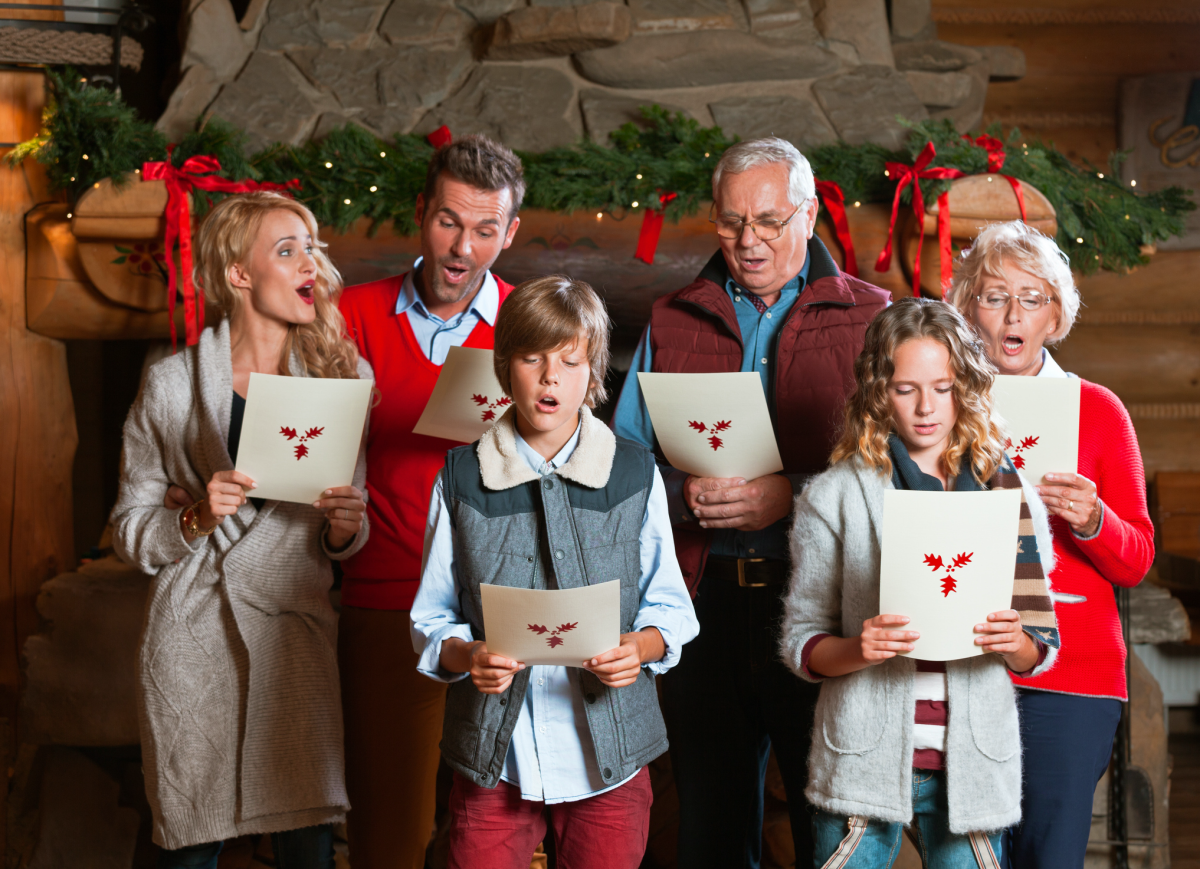
In essence, the “Twelve Days of Christmas” is more than just a carol. It’s a celebration of tradition and joy. A reminder of the festive spirit that has been shared and cherished across generations. As we sing along to this timeless melody, we connect with a legacy of holiday cheer. Embrace the simple pleasures and the warmth of togetherness that define the season.
This carol is a celebration of tradition and joy
